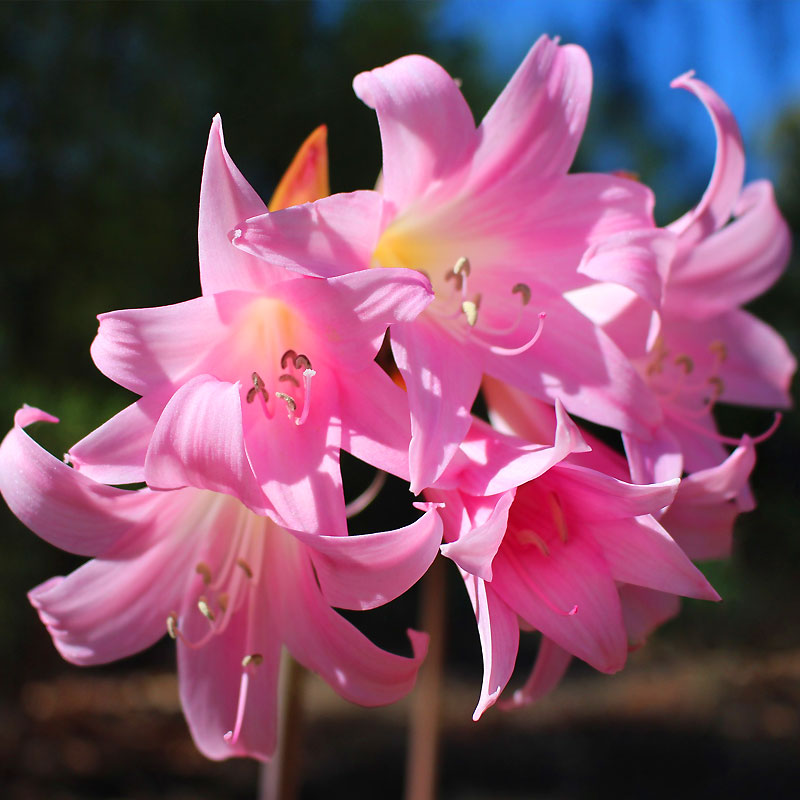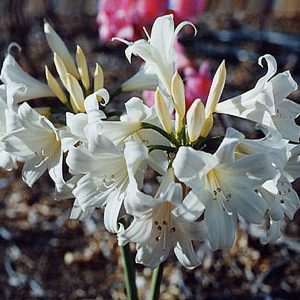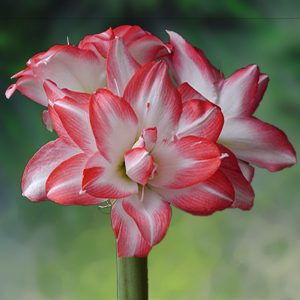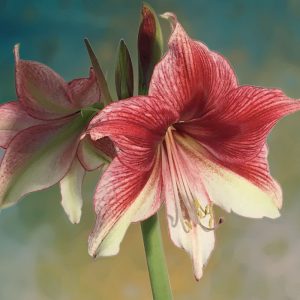Amaryllis Belladonna – Large Pink Naked Lady Bulb
99 in stock (can be backordered)
$18.99
The Culture of Amaryllis Belladonna
Amaryllis Belladonna bulbs and flowers are sometimes known as naked ladies. They produce green leaves in the spring and bloom in August in warm climates. Pink flowers emerge from bare ground. They are perennial and bloom in place for decades. The bulbs grow into large clumps unless divided and replanted. They are planted shallowly, near the surface or with necks sticking out a little and will take some frost. If planted in cold climates, plant the bulbs deeper to avoid hard freezes.
Belladonna bulbs are best planted just below the surface of the soil, with the neck of the bulb level with the surface. In colder climates mulching or lifting and overwintering is required. The bulbs may be propagated from baby bulbs. Amaryllis bulbs require little watering and are drought tolerant.
The bulbs produce one to two erect, solid stems which appear in late summer. They bear 2–12 showy fragrant trumpet shaped flowers on a ‘naked’ or leafless stem, which gives it the common name of naked lady lily. The pink flowers which may be up to 10 cm in length, appear in the autumn before the leaves which are narrow and strap shaped.
In South Africa the plants are found growing among rocks.
Amaryllis Belladonna is a plant species native to Cape Province in South Africa but widely cultivated as a very popular ornamental. It is reportedly naturalized in many places: Corsica, Portugal, the Azores, Madeira, the Canary Islands, Zaire, Ascension Island, Australia, New Zealand, Mexico, Cuba, Haiti, the Dominican Republic, Chile, California, Texas, Louisiana, and the Juan Fernández Islands.
Belladonna is a Latin word meaning beautiful lady. There are many common names around the world, for instance in the Azores, Portugal one name is Meninas Para Escola (girls going to school) referring to the flowers blooming when the girls in their pink uniforms are starting the new school year.






Reviews